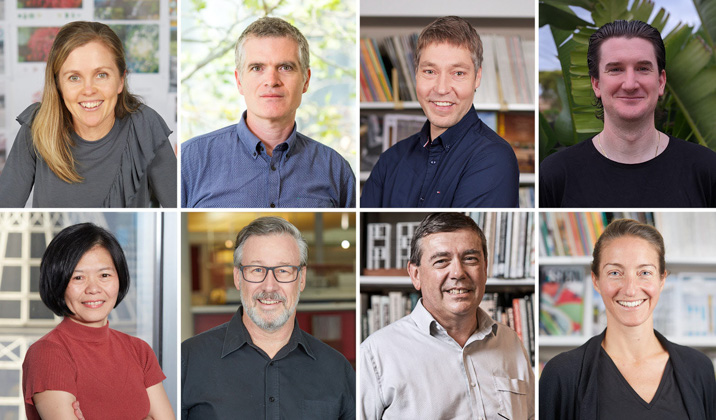HDR has bolstered its Defence Department with a number of appointments and promotions in the wake of the recent AUKUS announcements.
The new leadership team unveiled by the practice includes Directors Stuart Aslett, Maurice Valentinuzzi and Alex Wessling, supported by Michelle Addley, Michael Shelley, Huey Moo, Brendan Grayson and Design Director Simon Fleet. The team, which holds over 100 years of experience and expertise, will collaborate with the Department of Defence on a number of projects and programs.
“HDR has been delivering Defence projects for over 30 years,” says HDR Director of Defence, Stuart Aslett.
“We were the first practice to deliver a project under the Managing Contractor model, introduced in 1993, and were part of a design consortium that delivered the first ever Defence Public-Private Partnership project in 2004.
“With this depth of experience comes a deeply nuanced understanding of the shifting challenges and complexities of the sector, and the capability to deliver base redevelopments, capability facilities and operational and training environments that can sustain military capabilities for the next decade.”
HDR is currently delivering the $1.8 billion Riverina Redevelopment Program in partnership with GroupGSA, which stretches across three Defence establishments and will see the creation of a number of buildings that cater for the growing number of recruits and trainees.

“In an increasingly complex geopolitical climate, building highly technical, agile and resilient Defence infrastructure requires significant industry collaboration, innovation and international engagement,” Aslett continues.
“At HDR, we are uniquely positioned to tap into our global defence, science and technology exchange across the U.S, U.K and Europe to deliver these kinds of programs at speed.”
New technologies, including computational and generative design, have been adopted by the practice in order to ensure the facilities used by the Australian Army are equally resilient and future-proofed.
“Past Defence facility data analytics, such as meal pass data used to validate mess capacities, is helping us to simulate how new buildings can be best utilised,” Aslett says.
“Not only does this assist us in organising a Defence facility’s operation, but it ensures the space is highly adaptable and can be reconfigured for future use or expansion.”
The approach makes for more sustainable infrastructure, while consolidating the likes of science, technology and innovation precincts.
“Our multilateral approach to Defence design means that the growth and development of the sector is being continually shaped by the breadth and deep expertise of our national and local resources,” says HDR Managing Principal Cate Cowlishaw.
“With a strengthened and diversified leadership team, we are well-positioned to build on our capability edge and operate in a digitally charged and increasingly complex geopolitical climate.”
Caption: from left to right: Michelle Addley, Stuart Aslett, Simon Fleet, Brendan Grayson, Huey Moo, Michael Shelley, Maurice Valentinuzzi, Alex Wessling / Image supplied.

